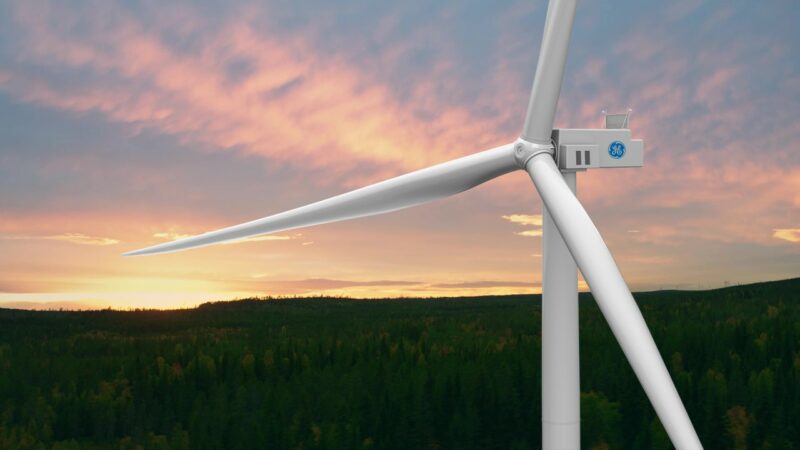Solution provider

Case
Onshore wind
Wind energy


Add the case to your visit request and let us know that you are interested in visiting Denmark
No need for subsidies
Increasing energy efficiency and competitive factors within wind energy make it possible to install and develop wind farms without subsidies, manifesting future commercialisation of the renewable energy sector potentially attracting some of the world’s largest companies to invest in renewable energy. “It is an absolute game changer that we managed to create such a large wind farm in Sweden without subsidies”, says Jens Elton Andersen, CEO and partner in WindSpace. The International Monetary Fund (IMF) even estimates that 6.4 per cent of global GDP is used to support the coal and gas sectors, meaning that renewable energy projects are seldom feasible without receiving public subsidies.
Establishing renewable energy development projects of this magnitude without having to rely on subsidies could potentially mean even greater opportunities in the global market. This epochal step into the future of wind energy is set to affect the future of sustainable energy development, thus fostering possibilities for global growth and a transition towards renewable energy sources not only in a societal perspective but for private actors as well.
Reviving the original project
The Norwegian company, Statkraft, abandoned the original development project for Björkvattnet due to a decrease in the Swedish Electricity Certificate Market – a system designed to reward renewable energy producers by giving an extra income through the certificates in addition to the electricity price. Furthermore, the allowed maximum height for onshore wind turbines in the area were constraint to 172.5 metres making it necessary for WindSpace – when they bought the abandoned project – to rescind the constraints and with support from the former developer of the project, Statkraft, they managed to raise the maximum height to 220 metres.
It might seem as a minor alteration, but since the production capacity of the individual wind turbines is crucial for the profitability of wind energy projects, raising the allowed maximum height of the wind turbines was necessary to finish the project.
Economic and financial aspects
Developing a wind farm with a 175 MW capacity is – according to CEO Jens Elton Andersen – not that different from developing an 8 MW project, except for the numbers. “When you are negotiating a 175 MW project, you are talking to the largest investors, procurement officers and the management of the world’s largest wind turbine manufacturers”. The economic and financial aspects have to be in order, both securing the buyer of the electricity generated from the wind farm as well as the producer of the electricity. Subsidies used to be necessary from a financial standpoint in order to develop profitable renewable energy projects, but since private actors have taken a further interest in clean energy sources, Power Purchase Agreements (PPAs) are increasingly being relied on as a financial support scheme. PPAs possesses the possibility of becoming a significant financial instrument diminishing the necessity of public subsidies in future renewable energy projects.
Specifically to this case, Google and GE made a PPA ensuring a minimum price over a period of time for the power produced by GE at Björkvattnet, thus ensuring the economic benefits of the project.